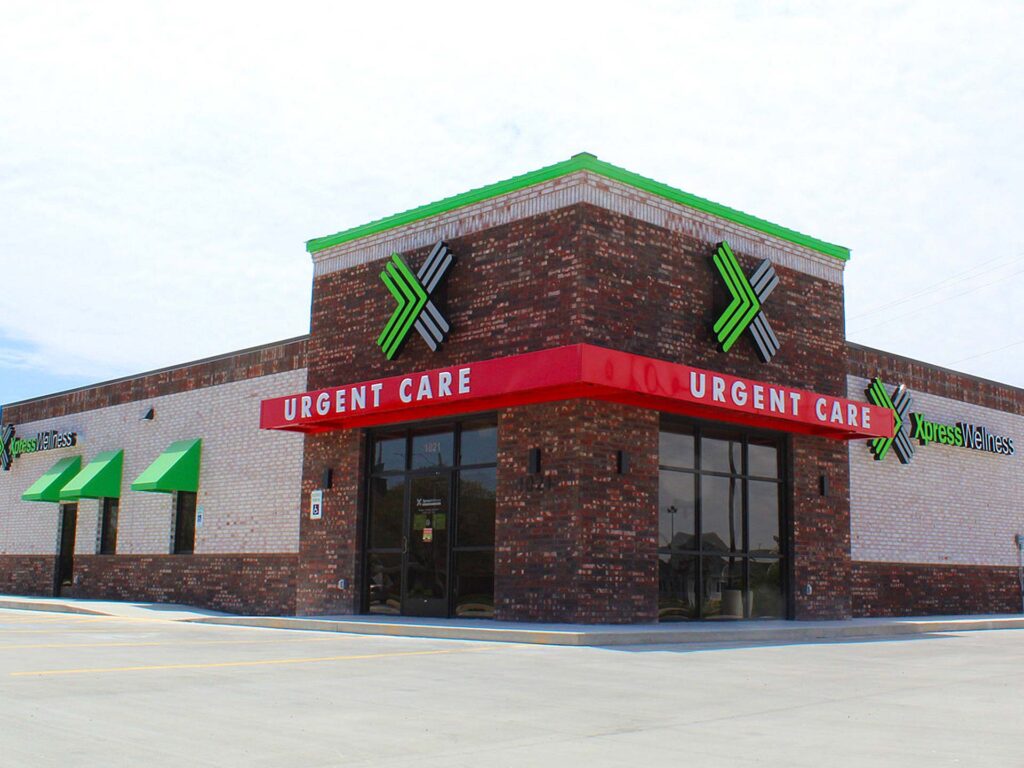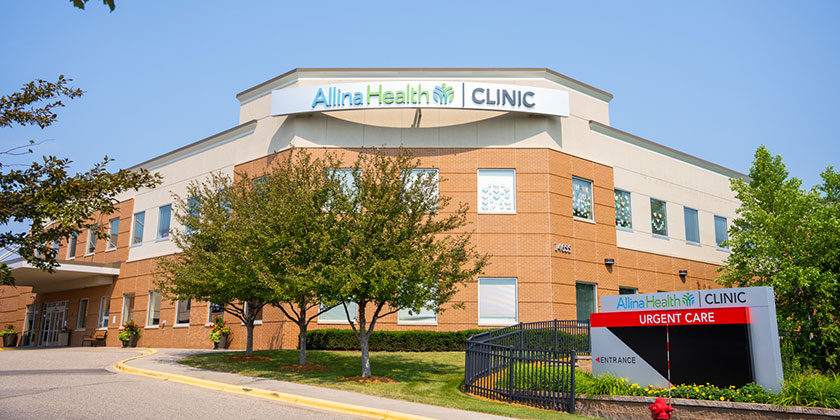Recognizing the Role of Urgent Treatment in Providing Timely Treatment for Non-Life-Threatening Problems
Urgent treatment centers have become an important element of the health care landscape, addressing the instant requirements of clients with non-life-threatening problems. By providing easily accessible and prompt clinical solutions, these facilities properly link the gap between primary care and emergency situation divisions. Nonetheless, the effects of their function expand beyond simple benefit, prompting a more detailed assessment of when and how these centers are utilized. Comprehending the subtleties of immediate care might dramatically influence client results and the general effectiveness of healthcare delivery. What factors add to their expanding significance in contemporary medication?
What Is Urgent Treatment?
Urgent treatment describes a group of medical services designed to resolve non-life-threatening conditions that need instant attention. These facilities act as an intermediary in between key treatment medical professionals and emergency rooms, providing a convenient option for clients that need timely treatment without the considerable waiting times normally connected with emergency departments.
Immediate treatment centers are typically staffed by clinical professionals, including doctors, registered nurse specialists, and physician aides, that are trained to identify and treat a broad range of conditions. Usual services offered by these facilities include therapy for small injuries, illnesses, and infections, in addition to analysis tests such as X-rays and laboratory work.
Additionally, immediate treatment centers often approve walk-in clients, removing the requirement for visits. Generally, urgent care plays a crucial role in the medical care system, making sure people can access crucial medical solutions immediately and successfully.

When to look for treatment at an urgent care center rather of a primary care physician or an emergency situation room,Several individuals might locate themselves unclear concerning. Urgent treatment is created to address non-life-threatening problems that need timely focus yet are not extreme enough to warrant an emergency clinic see.
Normally, one must consider urgent look after concerns such as minor cracks, sprains, cuts calling for stitches, or infections like urinary system system infections. Furthermore, cool or flu signs and symptoms, rashes, and sensitive responses can also be suitably managed in this setting.
It is vital to note that urgent treatment is not appropriate for dangerous emergency situations, such as breast discomfort, difficulty breathing, or serious bleeding, which demand prompt emergency space treatment.
People who lack access to a main care medical professional or can not safeguard a prompt appointment may likewise gain from immediate treatment solutions. Ultimately, understanding when to make use of immediate treatment can bring about more efficient healthcare delivery, permitting individuals to obtain the proper level of care based on their particular health needs.
Benefits of Urgent Care Centers
Picking immediate treatment facilities for non-life-threatening problems provides a number of benefits that enhance client experience and accessibility. One primary benefit is the reduced delay times contrasted to conventional emergency clinic. Urgent care centers normally operate on a first-come, first-served basis, enabling clients to get timely clinical attention without the long delays usually connected with medical facility settings.
In addition, immediate care facilities supply extended hours, consisting of nights and weekends, suiting individuals with differing routines. This adaptability makes certain that individuals can look for treatment when it is most practical for them, even more promoting prompt intervention.

Furthermore, these centers typically provide an extensive range of solutions, including minor procedures and diagnostic examinations, all under one roofing. This loan consolidation of solutions not only improves the person experience but likewise promotes a much more her comment is here natural strategy to managing non-life-threatening health issues, inevitably benefiting general individual results.
Usual Problems Treated
At immediate treatment centers, a variety of non-life-threatening conditions can be effectively dealt with, providing people with available and timely medical aid. These facilities are specifically adept at addressing issues that need prompt attention but do not present an my sources immediate threat to life or limb.
Typical conditions treated at urgent treatment centers consist of minor injuries such as strains, sprains, and cracks. Additionally, they manage illnesses like colds, flu, and infections, including urinary system infections and sinusitis. Skin disease, varying from breakouts to insect attacks, are additionally regularly dealt with. Immediate care centers are outfitted to perform essential analysis tests, such as X-rays and research laboratory tests, enabling them to give detailed care.
Moreover, urgent treatment providers can provide vaccinations, assisting to avoid the spread of transmittable diseases - Urgent Care. They additionally supply services for minor treatments, such as suturing injuries or draining abscesses. By providing these diverse solutions, urgent care facilities play an important function in bridging the space between medical care and emergency services, making sure patients obtain timely therapy for a vast variety of problems without the demand for long wait times typically connected with emergency spaces
Exactly How Urgent Care Supports Medical Care System
Immediate treatment centers play an essential function in sustaining the overall health care system by easing the worry on emergency departments and supplying timely accessibility to treatment for non-life-threatening conditions. By managing cases such as minor injuries, infections, and diseases, urgent care centers enable emergency divisions to concentrate on even more crucial people needing prompt interest.
Additionally, urgent treatment centers improve medical care ease of access, providing extensive hours and a more convenient alternative to traditional health care settings. This ease of access is especially helpful for patients that might not have a normal doctor or that call for prompt treatment outside of common office hours. Therefore, urgent treatment centers properly lower wait times and improve person fulfillment.
In addition, urgent treatment centers add to cost savings for both people and the healthcare system by offering lower-cost why not find out more services contrasted to emergency situation divisions. This monetary effectiveness is crucial in an era of climbing medical care prices, allowing people to receive needed care without incurring expensive expenses.
Conclusion
To conclude, immediate care centers play a vital function in the medical care system by supplying prompt therapy for non-life-threatening problems. By connecting the space in between medical care and emergency rooms, these facilities guarantee that patients obtain prompt medical focus without the lengthy delay times usually linked with emergency departments. The availability and efficiency of urgent care centers contribute significantly to minimizing the overall burden on medical care sources, boosting client results, and promoting an extra reliable healthcare distribution system.
Urgent care facilities have arised as an essential component of the health care landscape, addressing the prompt demands of individuals with non-life-threatening conditions. Immediate care visits usually sustain lower out-of-pocket costs compared to emergency situation department check outs, making treatment much more affordable for patients without endangering top quality. Urgent treatment centers are equipped to carry out necessary diagnostic examinations, such as X-rays and lab tests, enabling them to supply comprehensive treatment.
By providing these varied services, urgent treatment centers play an essential role in connecting the gap between main care and emergency situation solutions, guaranteeing individuals obtain prompt therapy for a vast variety of problems without the need for lengthy delay times generally associated with emergency situation spaces.
Additionally, immediate care centers enhance healthcare access, providing extensive hours and a much more hassle-free alternative to standard key treatment settings.